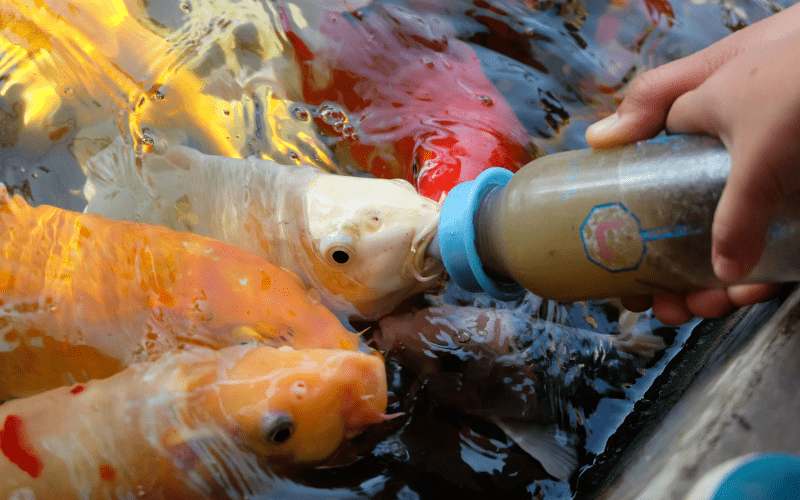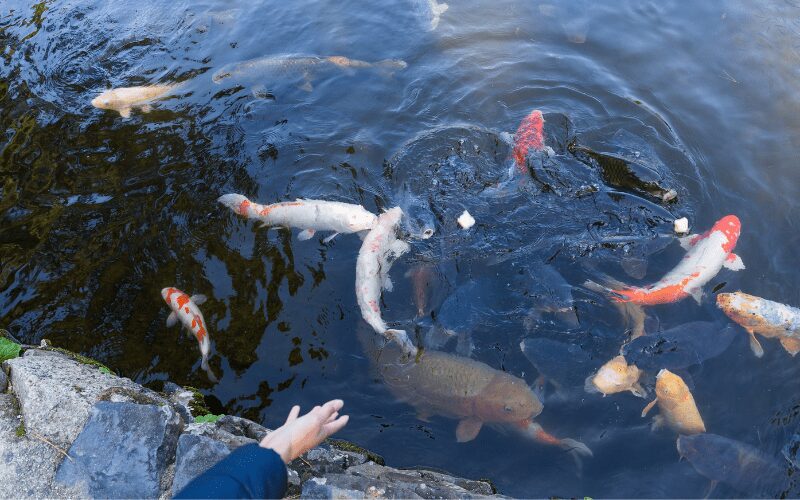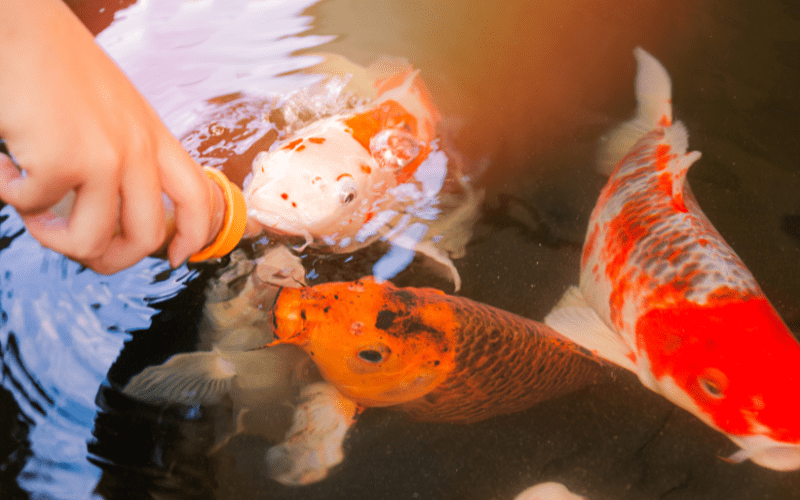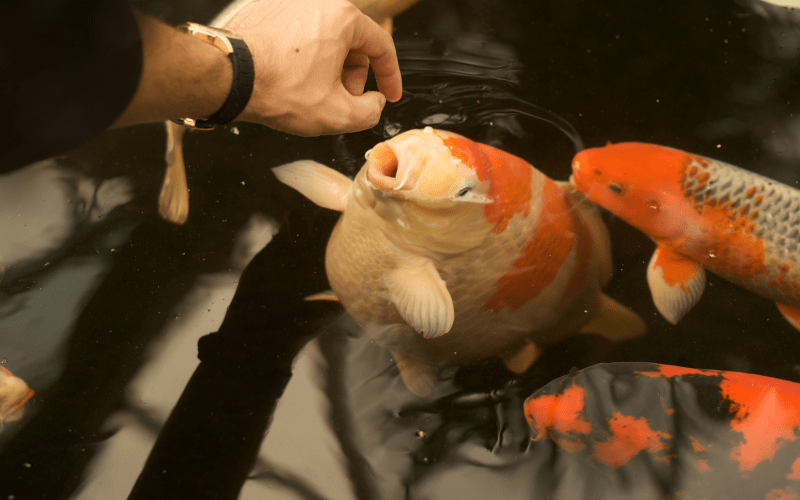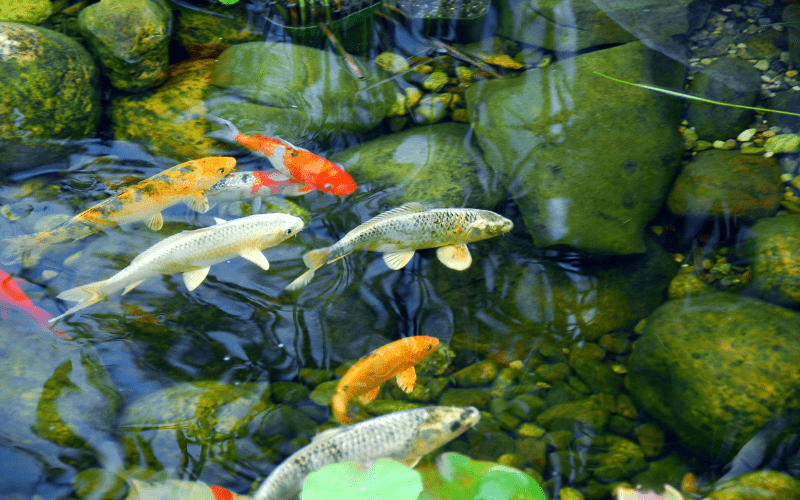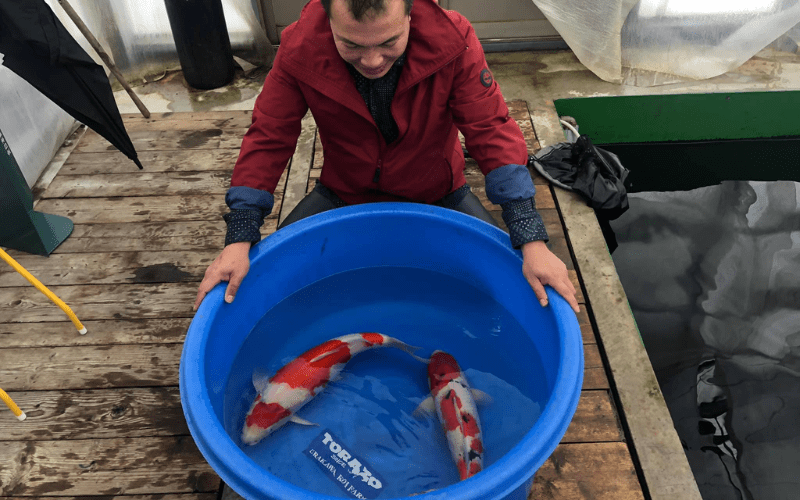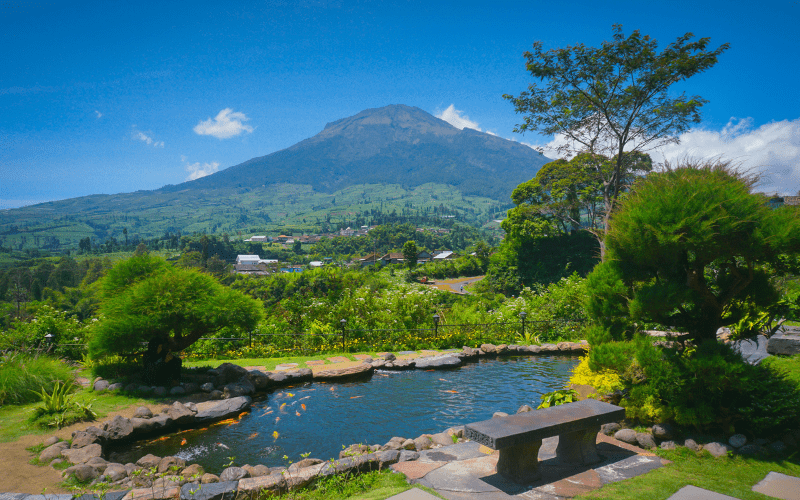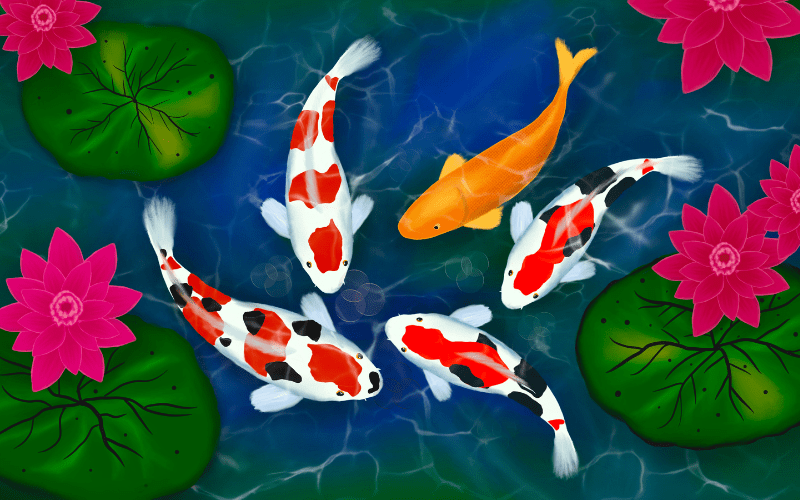Winter presents unique challenges for koi fish owners. As temperatures drop, the feeding habits and metabolism of koi fish undergo significant changes. Proper winter feeding practices are essential for maintaining the health and well-being of your koi. This guide, brought to you by Torii Koi and Pond, will provide you with all the information you need to ensure your koi thrive during the colder months.
Understanding Koi Fish Metabolism in Winter
As the temperature decreases, so does the metabolism of koi fish. Koi are ectothermic, meaning their body temperature is regulated by their environment. In winter, their metabolic rate slows significantly, resulting in reduced activity and a lower need for food. This natural adaptation helps them conserve energy and survive in cold water.
Preparing for Winter Feeding
Steps to Take Before Winter Arrives
- Gradual Reduction in Feeding: Begin reducing the amount of food as temperatures start to fall. This gradual reduction helps koi adjust to the changing conditions.
- Monitor Water Temperature: Keep a close eye on the water temperature. Feeding practices should be adjusted based on specific temperature thresholds.
- Select Appropriate Feed: Choose foods that are specifically formulated for colder temperatures. These are typically easier to digest and contain the necessary nutrients for winter health.
Winter Feeding Practices
When to Feed Koi in Winter
Feeding koi in winter should be carefully managed. Generally, feeding should be done when water temperatures are above 50°F (10°C). Below this threshold, koi metabolism slows down to the point where they cannot effectively process food.
Types of Food to Use
- Wheat Germ-Based Food: This type of food is easily digestible and provides essential nutrients.
- Easily Digestible Options: Look for foods that are low in protein and high in carbohydrates, which are easier for koi to process in cold weather.
How Much to Feed
Feed your koi small, infrequent meals. Overfeeding can lead to waste accumulation and water quality issues. A good rule of thumb is to only provide as much food as they can consume within a few minutes.
Monitoring Koi Health in Winter
Regular observation is crucial during winter. Look for signs of good health, such as active swimming and a good appetite on warmer days. Be aware of potential health issues, such as lethargy or signs of infection, which can be more common in colder temperatures.
Maintaining Water Quality
Water quality is paramount, especially in winter. Ensure your pond’s filtration system is working efficiently and perform regular water quality checks. Removing uneaten food and debris will help prevent water contamination.
Alternative Feeding Strategies
Supplemental Feeding Options
Consider using sinking pellets, which are easier for koi to find and consume in colder water. Feeding rings can also help you monitor how much your koi are eating and prevent food from dispersing throughout the pond.
Natural Food Sources
While natural food sources like algae can provide some nutrition, they are often not sufficient in winter. Ensure your koi are getting the nutrients they need from the appropriate winter food.
Common Winter Feeding Mistakes
Overfeeding Dangers
Overfeeding is a common mistake that can lead to serious health issues for koi. Excess food decomposes and pollutes the water, leading to poor water quality and potential disease outbreaks.
Feeding Unsuitable Food Types
Feeding high-protein or hard-to-digest foods can cause digestive issues in koi during winter. Stick to foods specifically designed for cold weather feeding.
Ignoring Water Temperature Guidelines
Feeding when the water temperature is too low can result in uneaten food and digestive problems. Always check the temperature before feeding.
As temperatures begin to rise in the spring, gradually increase the amount of food you provide. Reintroduce a varied diet to support the increased activity and growth of your koi. Preparing them for the warmer months is essential for their overall health.
Additional Resources
- Temperature Guidelines for Feeding Koi
- When the water temperature is above 50°F (10°C), feed your koi small, easily digestible meals.
- When the water temperature is below 50°F (10°C), do not feed your koi.
Transitioning to Spring Feeding
Key Points
- Koi metabolism slows significantly in cold temperatures, reducing their need for food.
- Gradually reduce feeding as temperatures fall and monitor water temperature closely.
- Use wheat germ-based and easily digestible foods for winter feeding.
- Feed small, infrequent meals to avoid overfeeding and maintain water quality.
- Regularly observe your koi and ensure the pond’s filtration system is functioning properly.
- Avoid common mistakes such as overfeeding and feeding unsuitable food types.
- Transition to spring feeding gradually as temperatures rise.
FAQs
How do I know when to stop feeding my koi in winter?
Stop feeding your koi when the water temperature consistently falls below 50°F (10°C). Their metabolism slows at this temperature, and they do not require food.
Can I feed my koi during a warm spell in winter?
If the water temperature temporarily rises above 50°F (10°C) during a warm spell, you can offer a small amount of easily digestible food. Monitor their behavior and ensure they consume all the food within a few minutes.
What should I do if my koi seem hungry but it’s too cold to feed them?
Koi have a natural ability to survive without food during cold periods. If the temperature is below 50°F (10°C), it’s best not to feed them, even if they seem hungry. Feeding at low temperatures can cause more harm than good.
Conclusion
Feeding koi fish in winter requires careful planning and attention to detail. By understanding their metabolic changes and following the guidelines provided by Torii Koi and Pond, you can ensure your koi remain healthy and vibrant throughout the colder months. Regular monitoring and appropriate feeding practices are key to their well-being.
For more information on koi care and feeding practices, visit Torii Koi and Pond, your trusted koi health and maintenance source. Share your experiences and tips with us, and subscribe to our newsletter for more expert advice and updates. If you have any questions, please contact us at Torii Koi and Pond.

